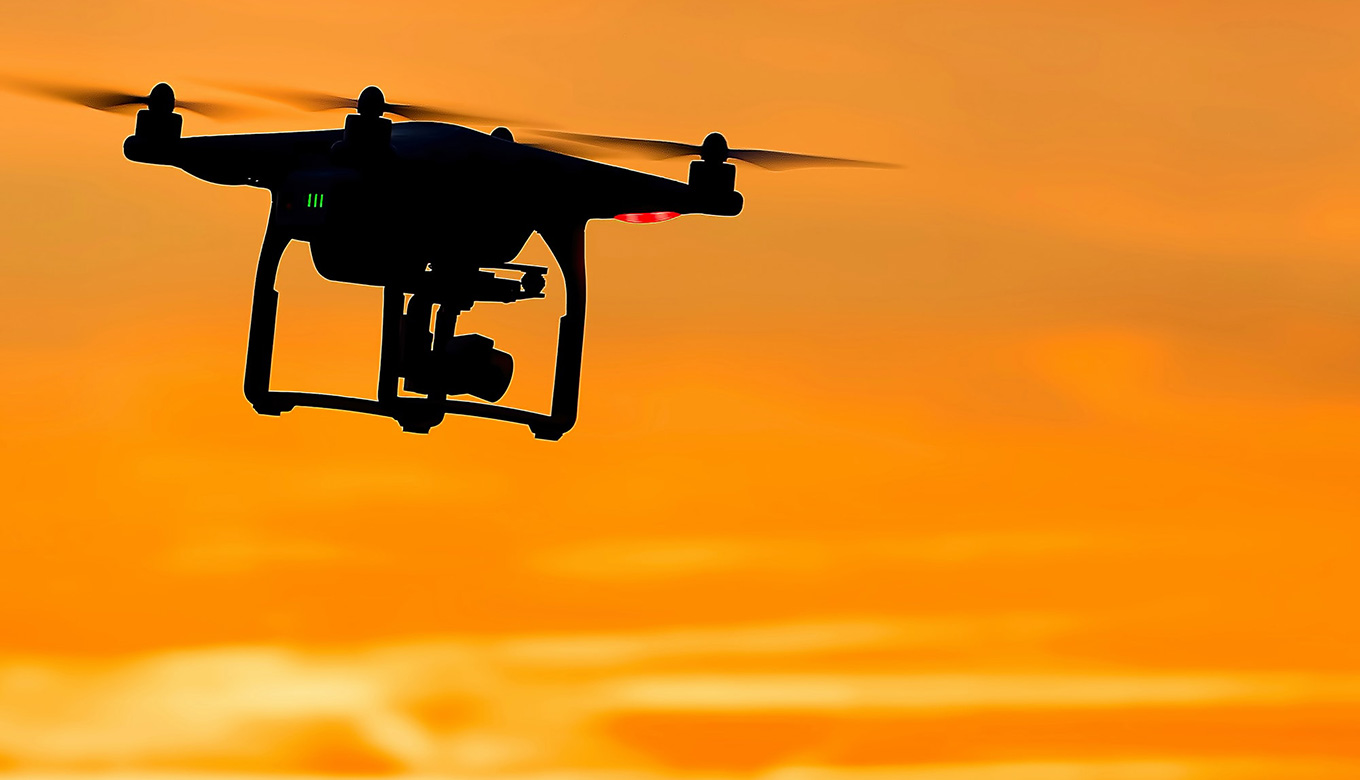Industry 4.0 is upon us – but what does that mean for our supply chains?
Since Ray Tomlinson sent the first email in 1971, we’ve been riding a wave of data collation and continuous communication. Industry 4.0 reaches further with interconnected devices that not only make data available, but interpret it into usable actions.
We’ll look at how the fourth industrial revolution is changing the world, and what technologies you need to bolster your supply chain.
IoT Devices
You’ve probably heard the phrase ‘internet of things’ so often that it’s lost all meaning. The best way to think about it is interconnectivity. As mobile networks get stronger and 5G is rolled out, there’s more bandwidth available for millions of devices to communicate with each other.
In the IoT, small devices with long battery lives communicate bite-sized information to a central network. This could be the current condition of machinery, the location and status of your vehicle fleet or the location of items in your lean supply chain.
In fleet management, it can save as much as 14% of repair and maintenance costs.[1]
IoT is gaining traction in logistics, where devices can be secured to supplies. They give off signals so that each item can be spotted going in and out of warehousing, accurately monitoring inventory levels and work in progress.
This supports lean supply chains and frees up capital from inventory. It also allows faster communication to your customer.
Proactive Supply Chain Monitoring
Data is only good if you can interpret it. Contingent removes the pain of sourcing and analysing risk data.
With real-time monitoring and alerts, it gives you peace of mind that your supply chain isn’t facing any disruptions.
You can see useful and actionable information about geographic, financial and other risk factors through multiple tiers of your supply chain. This speeds up the process for onboarding suppliers and adds continuous, proactive monitoring for risk to your compliance profile.
Supply chain mapping has proved its worth during the pandemic. Companies who were aware of their supply chain operations had more flexibility to switch supply routes or bolster inventory before risking a lack of supply to customers.
Click ‘Get Started’ above to start your free trial!
Automatic Loading
Is the future of your factory operator-less?
By 2022, 42% of manufacturing manual task hours will be completed by robots, according to the World Economic Forum. Currently, bulk offloading is time-consuming and labour-intensive.
Using instrumentation, automatic loading arms can be managed by one remote operator.
In an operator-less factory, a driverless tanker would arrive to the offloading point, open its manhole then the automatic loading arm would load the goods into the vehicle for transport to the customer.
This replaces the current need for someone to witness the whole offloading process, which could be over an hour each time.
Removing labour-intensive tasks from the supply chain not only improves productivity but also takes people away from hazardous tasks and environments.
Augmented Reality (AR) Maintenance
With the use of either a headset or tablet, a maintenance operative can see manuals, operating instructions and diagrams for use when fixing equipment.
Not only is this super-cool for the technician, it also enhances collaboration and allows for remote support. GE Renewables’ technicians can build equipment on their wind turbines 34% faster with the use of AR sight glasses. It even allows them to use voice activated technology instead of poring over paper manuals![2]
Safety is also a priority for this new technology, and AR headsets can highlight information like temperature, connectivity or tank levels without needing to touch the equipment.
AR is a great example of highlighting actionable content to us instead of just data and metrics.
Smart Robotics
Arguably, agriculture has been at the forefront of industrial revolutions right from the first watermill. It’s dramatically less labour-intensive now than ever before, but there is still work for technology to compete on.
The latest use of robotics in agriculture could stop or dramatically decrease the amount spent on herbicides. After all, the best way to save money in your supply chain is to stop buying things altogether.
Robots can use GPS and complex machine learning software to target weeds in a field but leave the crops alone. They are programmed to follow the lines of the crops in the fields and, using scanning technology, they pinpoint the plants which shouldn’t be there. They work in a variety of ways, either by targeting weeds with herbicide or pulling them out.
Conclusion
We know that computing gives us access to mountains of data that wasn’t possible 30 years ago. However, data is only worthwhile if it can be interpreted into actionable content. It should take away the guesswork, assumptions and estimations, replacing it with the knowledge to keep your supply chain moving.
That’s what Industry 4.0 is doing for us. Supply chains need to utilise this data and knowledge to continue adding competitive value to our organisations.
[1] https://www.o2.co.uk/business/iot/solutions/smartvehicle





